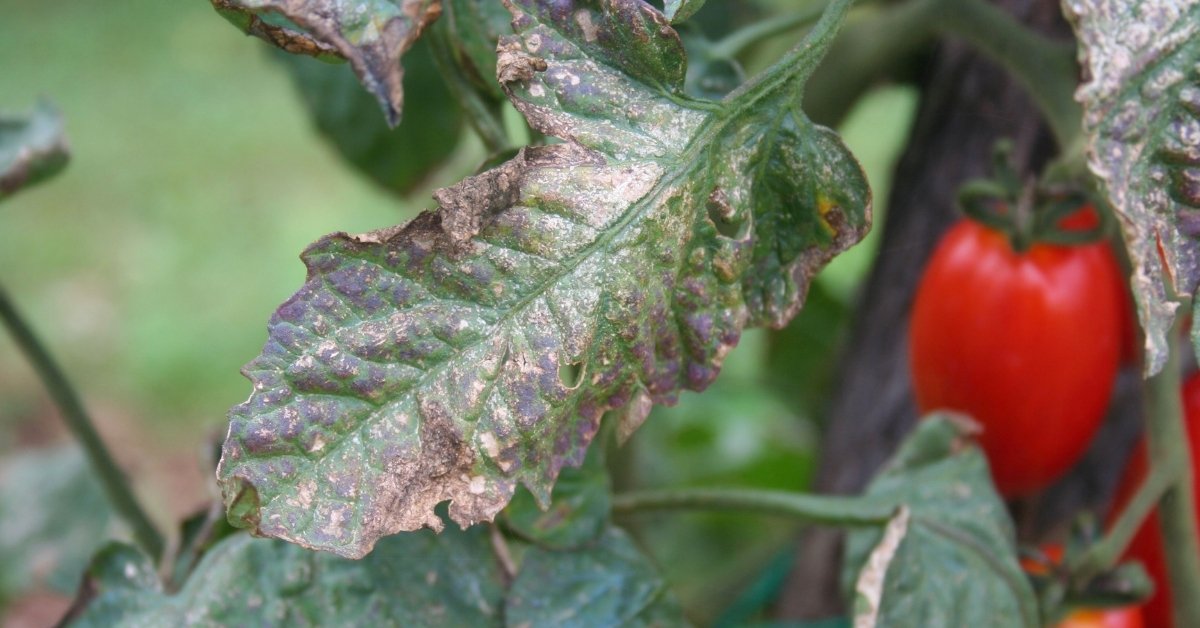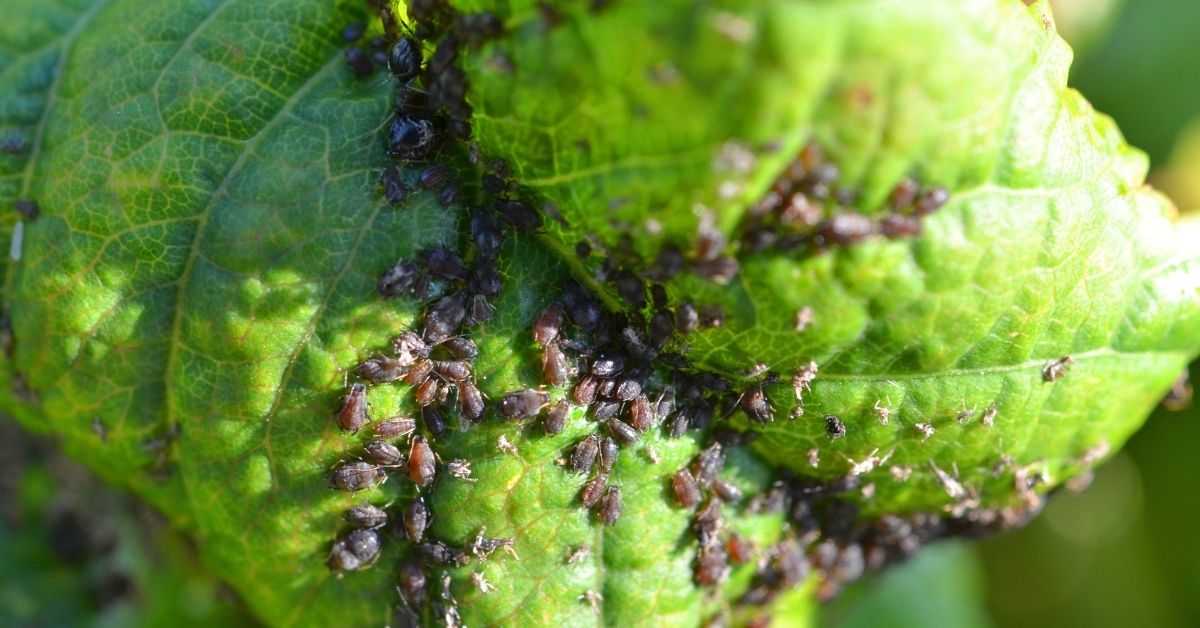Have you ever planted some beautiful tulips in your garden, only to find out that some hungry pests have bitten off their heads? If so, you’re not alone. Many gardeners face this frustrating problem every year, and it can ruin your enjoyment of these colorful flowers.
In this article, I will explain why some animals are attracted to tulip buds, your tulip heads bitten off, what effects this has on your plants, and how you can protect your tulips from being eaten. By following some simple tips and solutions, you can prevent or deter these unwanted visitors and enjoy your tulips for longer.
Why Do Animals Bite Off Tulip Heads?

You might be wondering why some animals seem to have a taste for tulip buds. After all, they are not very nutritious or filling, and they might even be poisonous to some creatures. Well, there are several reasons why animals might be attracted to your tulips, and they vary depending on the type of animal and the season.
One of the main reasons is that tulip bulbs have an earthy scent and a nutty flavor that some animals find appealing. This is especially true for rodents, such as squirrels, mice, and voles, who have a keen sense of smell and taste. They can detect the presence of tulip bulbs underground and dig them up to eat them. Sometimes, they also nibble on the stems and buds of the tulips as a snack or to mark their territory.
Another reason is that some animals have lack of natural predators or food sources in urban or suburban areas. This is especially true for deer, who are often overpopulated and face little competition or threat from other animals.
They can roam freely in gardens and parks and feed on whatever plants they find. Tulips are among their favorite foods, as they are tender, juicy, and easy to digest. Deer can easily bite off the heads of tulips with their sharp teeth and swallow them whole.
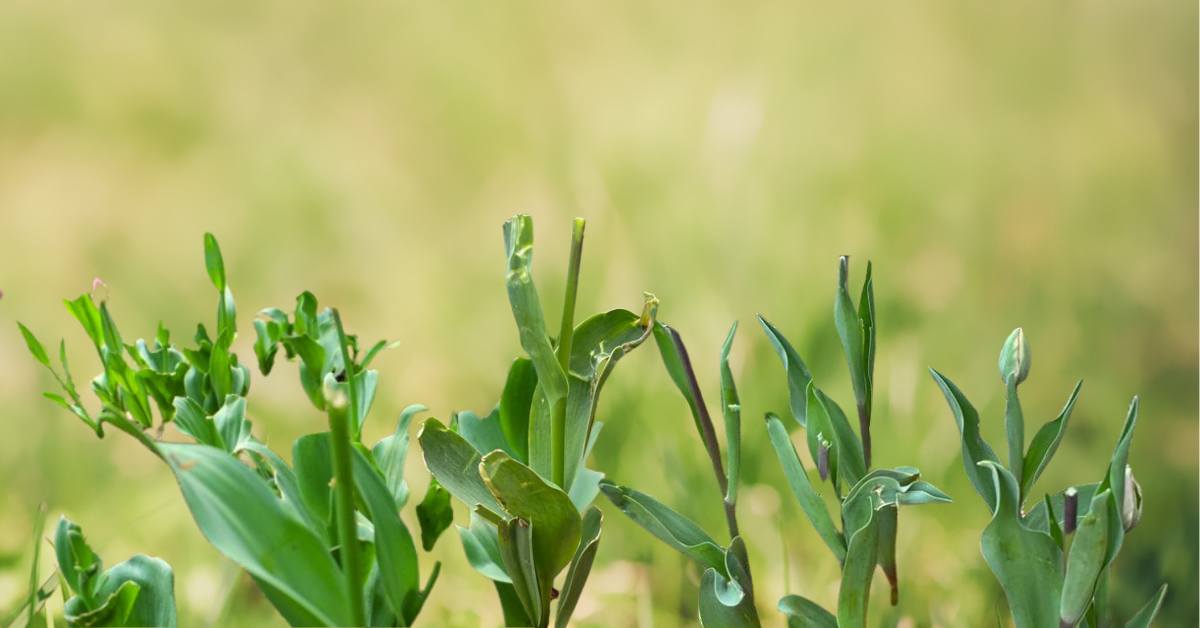
Tulip heads bitten off – not only because of animals
A third reason is that some animals have seasonal changes that affect their behavior and appetite. This is especially true for rabbits, who are active all year round but tend to eat more in spring and fall. They need to consume more calories and nutrients to prepare for winter or to replenish their energy after hibernation. Tulips are a good source of water and carbohydrates for rabbits, which can quickly munch on the buds and leaves of the plants.
As you can see, there are many factors that make some animals crave your tulips. Unfortunately, this means that your plants are at risk of being damaged or destroyed by these hungry pests. In the next section, I will explain what effects this has on your plants and how it can affect your enjoyment of gardening.
What Happens When Animals Bite Off Tulip Heads?
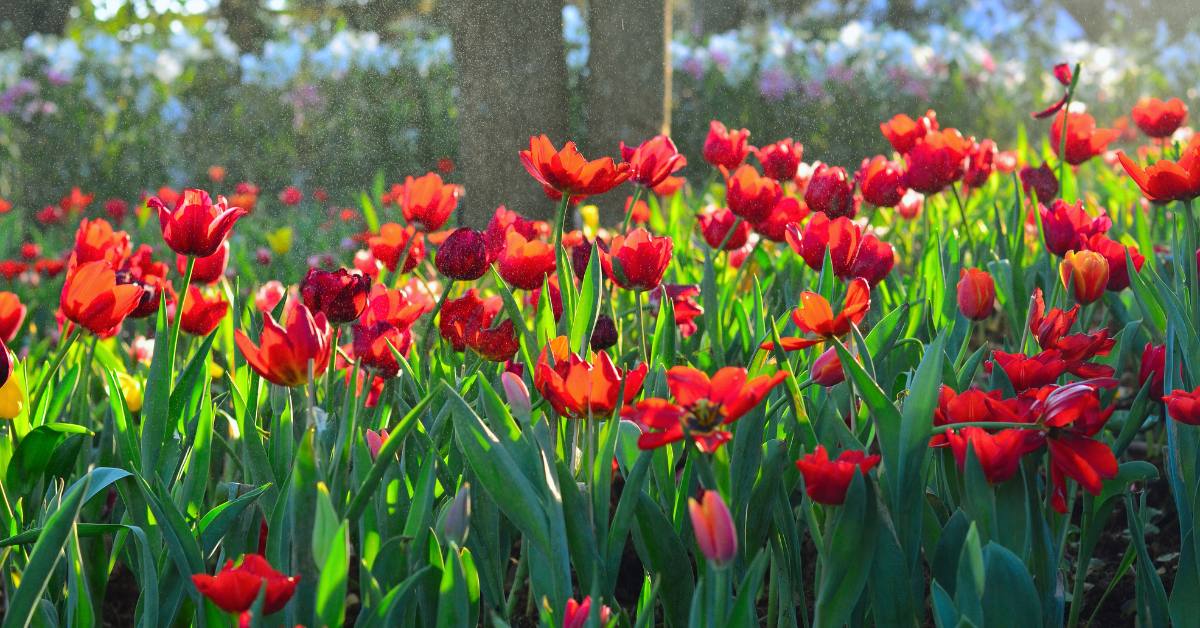
You might think that losing your tulip heads is not a big deal, as long as the bulbs are intact. After all, they are the main source of energy and growth for your plants, and they can produce new flowers next year. However, this is not always the case. There are several negative consequences of having your tulip heads bitten off, both for your plants and for your enjoyment of gardening.
One of the main effects is that you lose the aesthetic value of your tulips. Tulips are known for their vibrant colors, elegant shapes, and delicate fragrances. They can brighten up your garden and make it more attractive and inviting.
They can also create a beautiful contrast with other plants and flowers in your landscape. When animals bite off your tulip heads, you miss out on these benefits and end up with bare stems and leaves that look dull and unappealing.
Another effect is that you reduce the chance of blooming for your tulips. Tulips are perennial plants, which means they can grow and flower for several years. However, this depends on how well they store and use their energy in their bulbs.
When animals bite off your tulip heads, they deprive your plants of an important source of energy. The buds contain sugars and starches that are converted into food for the bulbs. Without them, the bulbs have less energy to produce new flowers and may become weaker or smaller over time.
A third effect is that you increase the risk of disease or infection for your tulips. When animals bite off your tulip heads, they create wounds on the stems that expose them to bacteria, fungi, insects, and other pathogens.
These can enter the plant and cause various problems, such as rotting, wilting, yellowing, or dying. They can also spread to other parts of the plant or to other plants in your garden. To prevent this, you need to prune the damaged stems and apply some fungicide or insecticide to protect your plants.
As you can see, there are many negative effects of losing your tulip heads to hungry pests. Not only do you lose the beauty and joy of seeing your tulips bloom, but you also jeopardize their health and longevity. In the next section, I will provide some practical and effective ways to prevent or deter animals from biting off your tulip heads.
How to Protect Your Tulips from Hungry Pests
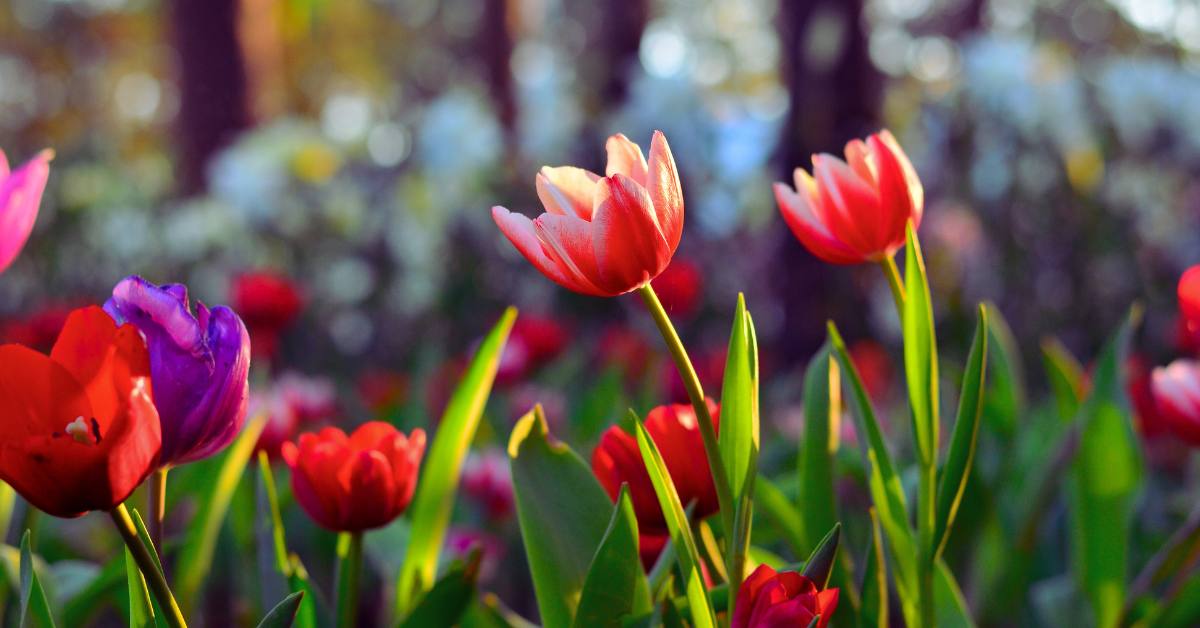
You might feel helpless and hopeless when you see your tulip heads being bitten off by animals. However, you don’t have to give up on your tulips or your gardening hobby. There are some practical and effective ways to prevent or deter animals from attacking your plants. Here are some of the most common and popular solutions that you can try:
- Repellents: Repellents are substances that make your plants unattractive or unpleasant for animals. They can be either natural or synthetic, and they can be applied to the soil, the bulbs, the stems, or the buds of your tulips.
Some examples of repellents are garlic, onion, pepper, vinegar, ammonia, blood meal, hair, urine, or commercial products. The pros of repellents are that they are easy to use and relatively cheap. The cons are that they may not be very effective for some animals or in some weather conditions, and they may need to be reapplied frequently. - Barriers: Barriers are physical structures that prevent animals from reaching your plants. They can be either permanent or temporary, and they can be made of various materials, such as metal, wood, plastic, or fabric. Some examples of barriers are fences, cages, nets, cloches, or row covers. The pros of barriers are that they are very effective and durable. The cons are that they may be expensive, difficult to install, or unsightly.
- Distractions: Distractions are alternative sources of food or entertainment for animals. They can be either natural or artificial, and they can be placed near or far from your plants. Some examples of distractions are bird feeders, squirrel feeders, salt licks, decoys, or toys. The pros of distractions are that they are humane and fun. The cons are that they may attract more animals to your garden or cause other problems.
- Traps: Traps are devices that capture or kill animals that enter your garden. They can be either lethal or non-lethal, and they can be activated by various mechanisms, such as springs, wires, or sensors. Some examples of traps are snap traps, cage traps, glue traps, or electric traps. The pros of traps are that they are very effective and satisfying. The cons are that they may be illegal, cruel, or dangerous.
Conclusion
As you can see, there are many ways to protect your tulips from hungry pests. You can choose the best solution for your situation based on your budget, preference, and ethics. You can also combine different solutions for better results.
However, before you use any solution, make sure to check the local laws and regulations regarding wildlife protection and pest control. You should also follow the instructions and precautions carefully to avoid harming yourself, your plants, or the environment.
FAQ
What are the best times to plant tulips?
The best time to plant tulips is in the fall when the soil temperature is below 60°F (15°C). This allows the bulbs to develop roots before the winter and to bloom in the spring. You should plant your tulips about 6 to 8 weeks before the first frost in your area.
How deep and how far apart should I plant tulip bulbs?
The general rule of thumb is to plant tulip bulbs about three times as deep as their height and about three times as far apart as their width. For example, if your bulb is 2 inches tall and 1 inch wide, you should plant it about 6 inches deep and 3 inches apart from other bulbs. However, you can adjust these measurements depending on the size and type of your tulips and the soil conditions.
How often and how much should I water my tulips?
Tulips do not need a lot of water, as they are native to dry and mountainous regions. You should water your tulips only when the soil feels dry to the touch, about once or twice a week.
You should water them deeply and thoroughly, but avoid overwatering or flooding them, as this can cause rotting or fungal diseases. You should also stop watering your tulips after they finish blooming and their leaves turn yellow, as this signals that they are entering dormancy.
How can I make my tulips last longer in a vase?
If you want to enjoy your tulips as cut flowers, you should cut them when they are still in bud or just starting to open. You should use a sharp knife or scissors and cut them at an angle, about an inch from the bottom of the stem.
You should also remove any leaves that will be submerged in water, as this can cause bacterial growth. You should place your tulips in a clean vase with fresh water and some flower food or sugar. You should change the water every two days and trim the stems slightly each time. You should also keep your tulips away from direct sunlight, heat sources, or fruits, as these can cause them to wilt or fade faster.
How can I store my tulip bulbs for next year?
If you want to replant your tulip bulbs for next year, you should wait until their leaves turn yellow and die back completely. You should then dig up your bulbs carefully and gently shake off any excess soil. You should inspect your bulbs for any signs of damage or disease and discard any that are soft, shriveled, or moldy.
You should then store your bulbs in a cool, dry, and dark place, such as a basement, garage, or closet. You can use paper bags, cardboard boxes, or mesh baskets to store your bulbs, but make sure they have some ventilation and air circulation. You should also label your bulbs with their name and color and check on them periodically for any problems.
